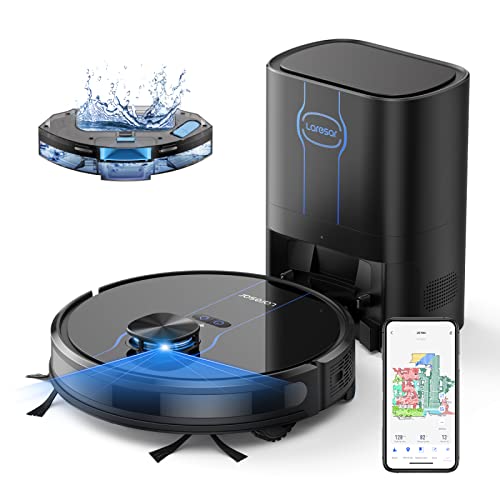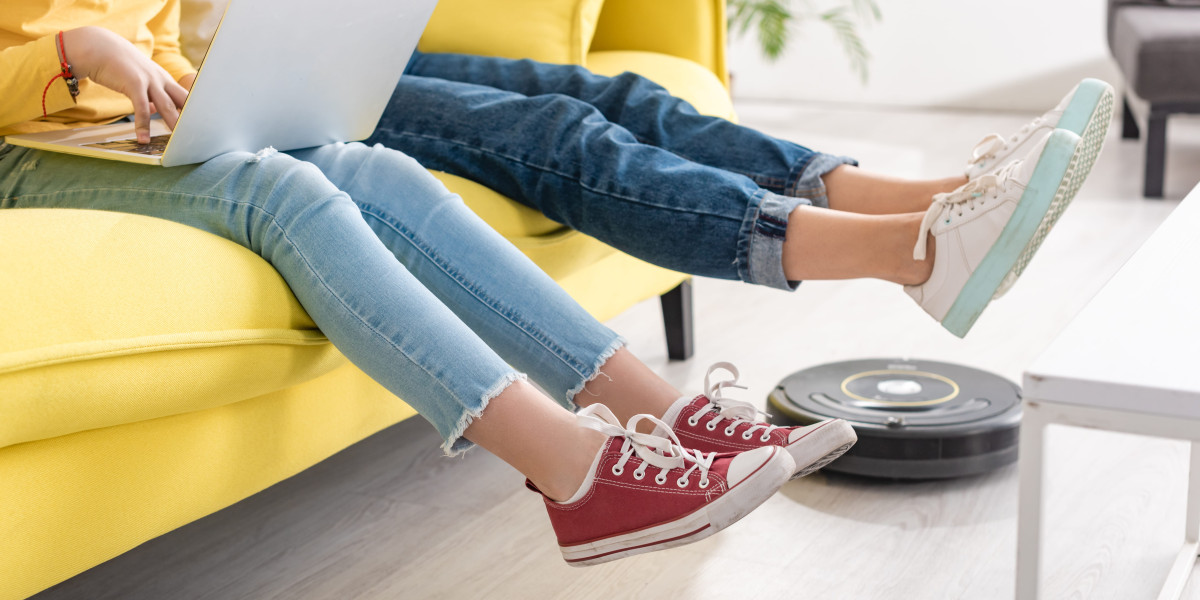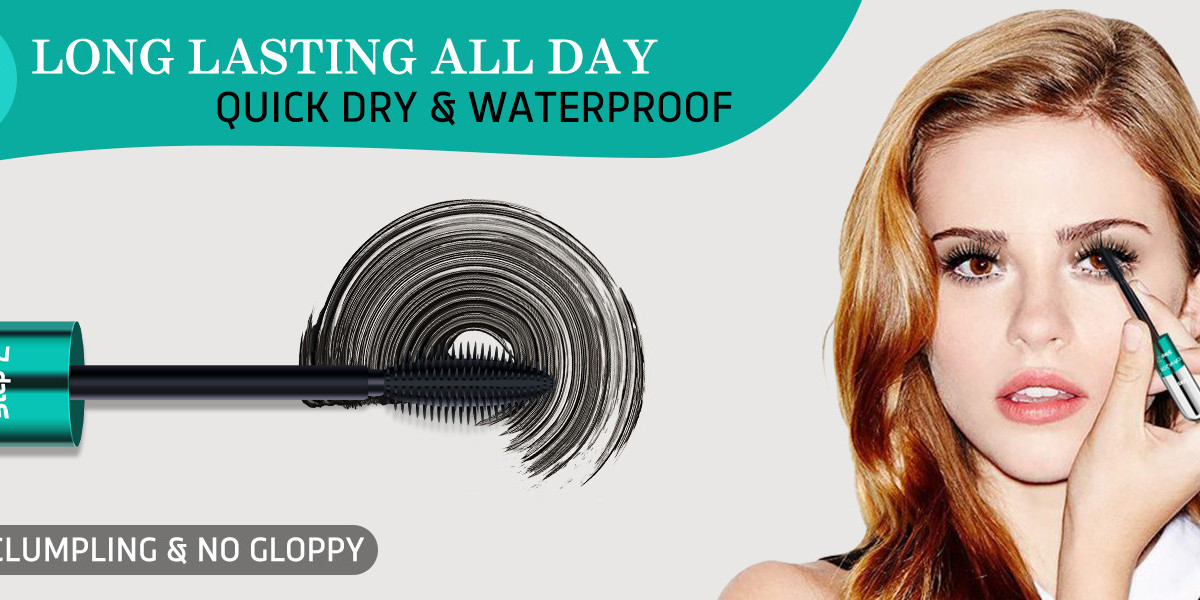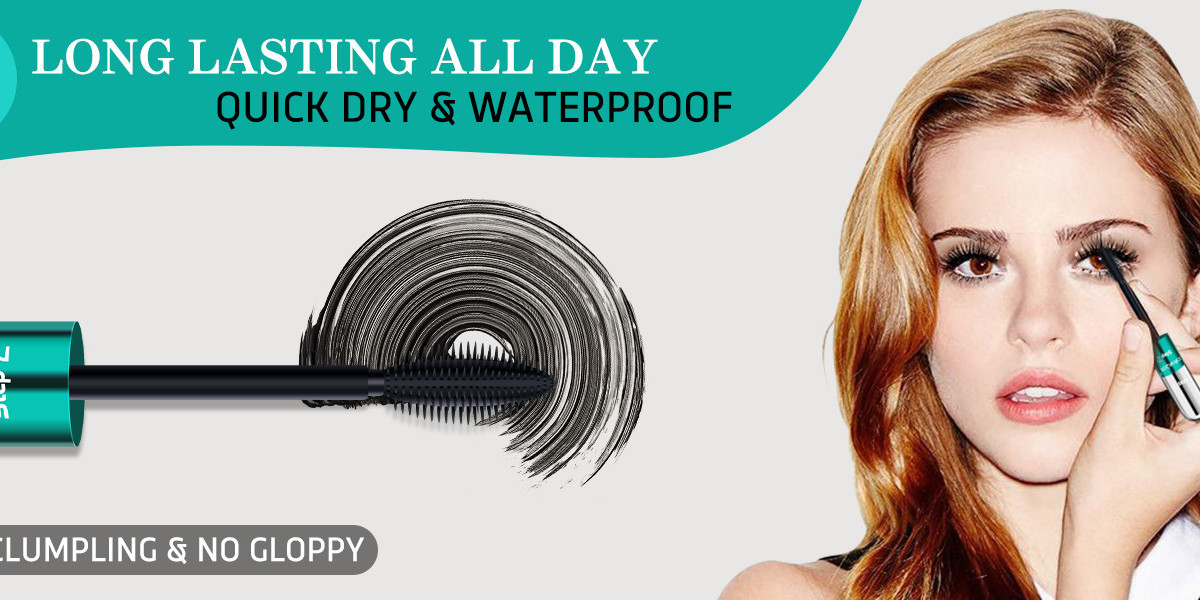 How to Take Care of a Robot Mop and Vacuum
How to Take Care of a Robot Mop and VacuumA robot mop and vacuum will save you much time in cleaning. They also require regular maintenance, such as emptying the dustbins and washing the disposable cleaning pads in conformity with the manufacturer's guidelines or removing the disposable ones and keeping the sensors cleaned.
Look for mapping features to avoid making multiple trips over the same areas and app integration that lets you create schedules, modify power settings and modes and save maps of your home.
1. Empty the Dirt Bin
Most robot mops and vacuum cleaners require regular maintenance, including emptying dirt bins, washing pads and keeping track consumables to replace. The more you take care of these components more often, the longer your robotic mop and vacuum will last. Some cleaning machines require a little more care particularly those with water tanks.
First, make sure the dust bin is completely empty after every cleaning session. This is a simple job, but is crucial for the proper operation of your robot. It is also important to clean the filter periodically. Refer to the user's manual to determine how and how often you should clean the filters.
Even though the mopping feature on your robot will eliminate lots of dust but a few tiny particles may still get caught in the gaps and cracks of your flooring. These include dandruff and hair particles dirt, mites and dust as well as pet hair. To keep these particles from causing health issues it is crucial to make use of the vacuum cleaner or sweep robots to clean these areas.
If you plan to use your robot mop, then it is essential to select one that comes with high-quality machine and large dust and water tanks. LEGEE for instance, has one of the largest dust bins and water tanks among its competitors so you don't need to stop cleaning or interrupt the robotic mop to refill the tank.
Do not pour vinegar or floor cleaners in the tank that holds water for your robot mop unless were instructed to do so by the manufacturer. These substances could damage your robot and void its warranty.
A robot vacuum and mop is an excellent way to free up your time so you can focus on more pressing matters, such as your family or work. Some dirt and stains are too difficult for the robot to handle. It is also crucial to perform a regular cleaning session yourself with a traditional vacuum cleaner in order to remove the tougher stains and clean areas that your robot is not capable of reaching.
2. Wash the Cleaning Pads
Depending on how you use your robot mop, the pads may become dirty or stained. This is why it's important to wash the pads for cleaning regularly. You can wash them by hand or in the washer alongside your normal laundry. Avoid using fabric softeners or dryer sheets because they reduce the absorbency of the pad and cause it to stop working properly.
If your mop doubles as a vacuum, it will need its dust bin to be cleaned and cleaned regularly. The same is true for hybrid models that sweep and vacuum with dry mop pads. Many robot mops have brush attachments that must be cleaned.
You should always rinse the mop pads well to remove all dirt and grime. You can also soak the pads in warm water to remove any debris that has remained. Once they're clean, let the pads air dry or place them in the dryer on an extremely low temperature setting. It is recommended that you wash your pads every 2 to 3 months.
In the course of cleaning, a mop or vacuum can often pick up small items that can cause damage to the sensors in your robot and other parts. To prevent this from happening, you'll need periodically wipe the sensors clean with a microfiber cloth. This will allow the robot to move around the room without smacking against furniture or walls.
Most robot vacuums and mops have sensors at their bases that are used to detect obstacles and ensure the machine isn't caught in tight spaces. You'll need regularly clean them since they can become clogged up with dust and other particles.
Certain robot vacuums come with self-cleaning features that you can utilize after every use. Visit the website of the manufacturer to determine if your model has this feature. Typically, it will take about two or three minutes to complete this particular cycle. It is accessible via an app or a button on the robot itself. A cleaning robot mop and vacuum should be running this cycle on a regular basis to maintain the performance of its sensors as well as other components.
3. Clean the Charging Station
The majority of robot mops spray water or cleaning solution directly onto the floor to soften staining and then scrub them off with the scrubbing pad. Some robot mops come with a disposable mop pads, while others can be washed and reused. It is important to empty and wash your mop pads between cleaning sessions, regardless of whether they're disposable or recyclable. Follow the manufacturer's guidelines. It's also a good idea to drain the mop base or docking station dry between uses in order to stop mildew from forming.
Like vacuum cleaners, robot mops and vacuum/mop combos need regular maintenance to keep running smoothly. These tasks include emptying and washing the dust bins, and cleaning the sensors. If you own a robotic mop that's equipped with dirt sensors, you may need to gently wipe it down every few times to remove dust that can cause obstruction to the sensors and cause mistakes in navigation.
Many robot mops come with an app that lets you to save maps of your house, set up cleaning schedules and monitor when the machine requires maintenance. If you're planning to buy a mop, ensure that it is connected to Wi-Fi. This will allow you to access the app from any place.
A highly rated model, the Samsung Powerbot Vac + Mop, has smart features that help it clean floors without having to be present. The map function allows you to create virtual barriers and no-go zones for the robot and also manually direct it to clean a particular area of the room. Its mop and vacuum capabilities work on carpeting as well as hard floors, making it a good choice for homes with both.
Other features that make this robot that is 2-in-1 include an object avoidance sensor to help it navigate between furniture and other objects, as well as a self-emptying dustbin that reduces the amount of cleaning required after every use. It is programmed to operate when you are away and is ideal for busy homeowners. It is also quieter than other vacuums. This is ideal for parents or pets who are sensitive to noise.
4. Clean the Sensors
Most robot vacuums and some mop-and-vacuum combo models have an app that lets you set up automated cleaning schedules, set cleaning settings and check when the device requires maintenance. The app lets you manually clean and stop, start and alter the settings of your robot from any place in the house.
The app is particularly useful for robotic cleaners with mapping features, like cameras, lasers or optical dToF, which enable it to save an image of the room and navigate around furniture. These features can also reduce the number of stains that recur on your floor, making your cleaning chores much less labor-intensive.
If the sensor for your robot's mapping is dirty, it will be unable to navigate through your home. It's important to clean these sensors regularly similar to cleaning the lens of a camera or smartphone screen. This can be done using a dry clean cloth. If you use a moist or damp cloth or cleaner, you could damage the sensors, causing them to malfunction.
Also, it's recommended to clean the brushes of your robot vacuum on a regular basis. This will stop hair tangles from developing and slowing down the motor and will make it easier for your robot to clean up particles. It's also an excellent idea to clean down the primary roll of your brush since it is responsible for removing dirt and will accumulate lots of dust over time.
Finally, ensure that you only use the cleaners recommended by your robot's manufacturer. Other floor cleaners can damage your robot and void the warranty. Most brands suggest using a mixture of vinegar and water, or a cleaner that is designed specifically for their robot. Do not use hot water or abrasive cleaners as they can harm the internal components of your robot cleaner and leave the floor soiled. Consult your owner's guide for more detailed instructions on how to clean your robot cleaner. This will ensure that it operates properly and lasts longer.








